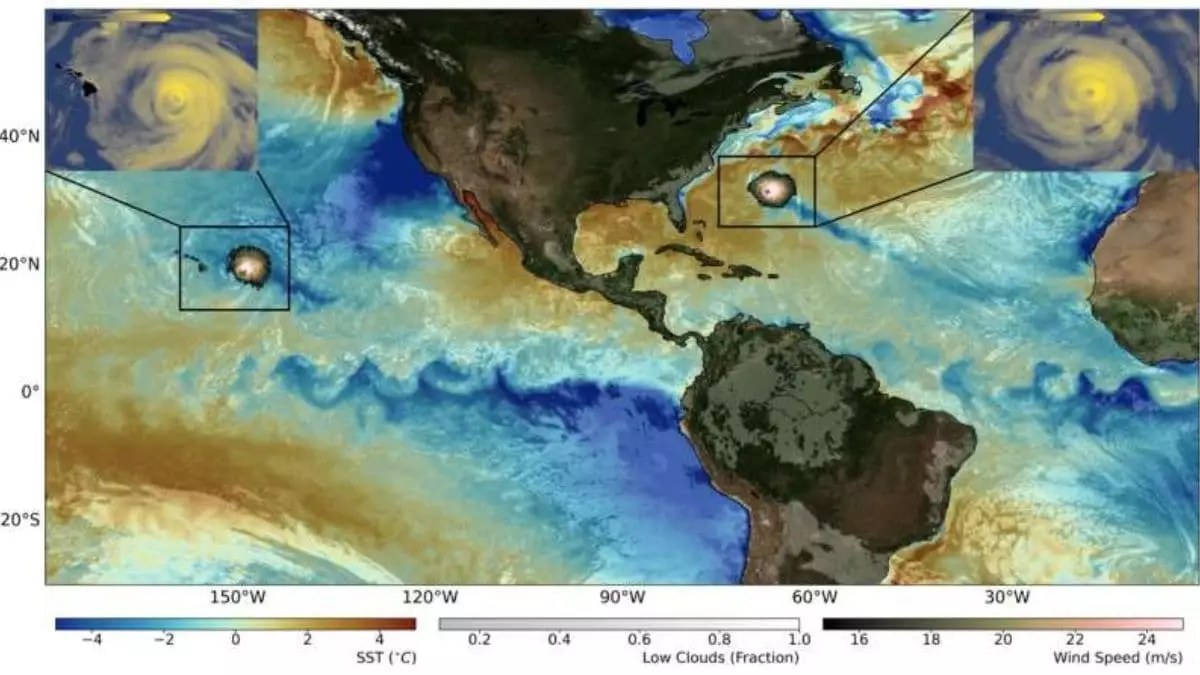Recent breakthroughs in climate modeling have the potential to challenge complacency, revealing a grimmer portrait of what lies ahead if current warming trends persist. These advanced simulations, using unprecedented resolution and regional detail, emphasize that the impacts of climate change are not just global averages but deeply localized crises waiting to unfold. The emerging picture suggests that unless urgent, comprehensive action is taken, communities across vulnerable regions—such as mountain enclaves, island nations, and densely populated floodplains—will face devastating weather events far more severe than previously anticipated.
What makes this new research striking is its focus on regional variability. Unlike broad global models, these high-resolution simulations expose how temperature rises could disproportionately devastate specific landscapes. The Arctic, for example, is predicted to warm at nearly double the global average, risking irreversible ecological and geopolitical consequences, from melting permafrost to territorial disputes. Meanwhile, mountain ranges like the Himalayas and Andes will experience even sharper spikes in temperature, precipitating more frequent and intense natural disasters, including landslides and glacial meltwaters that threaten local populations.
Better Data, Greater Dangers
This leap forward in modeling fidelity isn’t just an academic achievement; it’s a double-edged sword. On one hand, policymakers now have access to detailed, region-specific predictions, facilitating smarter, more targeted responses. On the other hand, the sobering forecast reveals how unprepared many areas truly are for the future climate chaos. Small island nations, entirely dependent on fragile infrastructure and limited resources, will find their land, culture, and livelihoods under relentless assault from rising seas and increased storm intensity.
The increased frequency and volatility of phenomena like El Niño, La Niña, and the Madden Julian Oscillation point to a future where climate unpredictability becomes the norm. These atmospheric oscillations don’t just influence weather; they dictate life-altering events—intense storms, flooding, and drought—more frequently and with less warning, transforming daily survival into a high-stakes gamble. Regions already under stress will battle not only environmental degradation but also heightened socio-economic instability.
Turning Data Into Action: A Crucial Step Forward
While these scientific advances are vital, they only matter if translated into meaningful action. The creation of accessible tools—such as climate projection maps overlaid on platforms like Google Earth—demonstrates a crucial step toward bridging science and policy. These tools can empower governments and communities to strategize effectively, whether by deploying renewable energy, improving infrastructure resilience, or refining disaster preparedness plans.
Yet, there remains a troubling disconnect between knowledge and the aggressive policies needed to mitigate these risks. The climate challenges outlined are not distant threats; they are escalating realities demanding immediate attention. Ignoring or delaying action will transform today’s warnings into tomorrow’s irreversible damage, sealing a future where climate chaos dominates human existence. If we fail to confront this reality head-on, the consequences will be catastrophic, not just for the environment but for the very fabric of civilization.



Leave a Reply